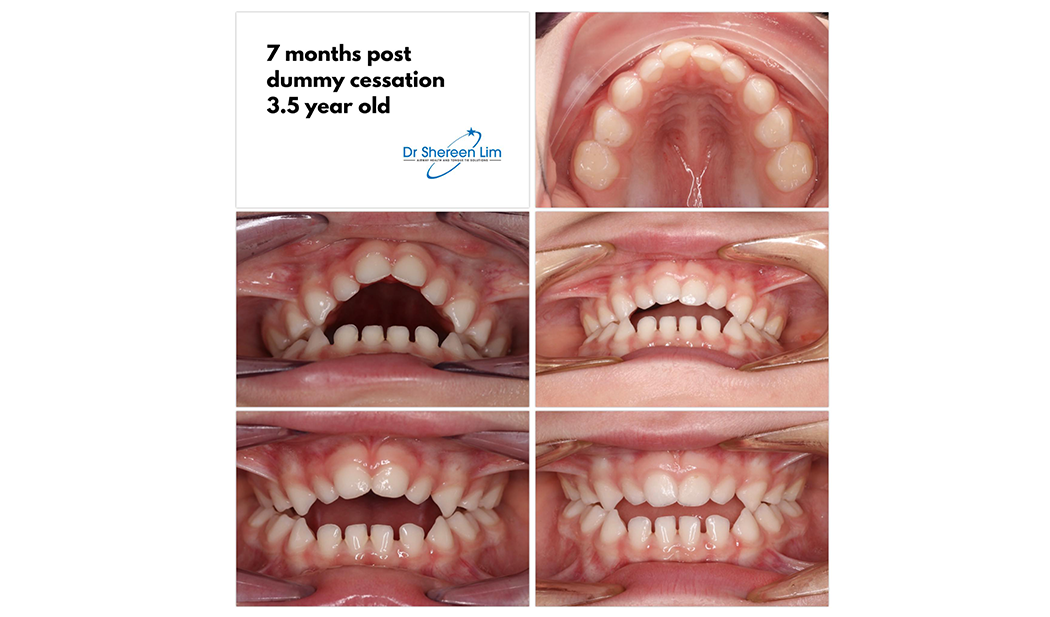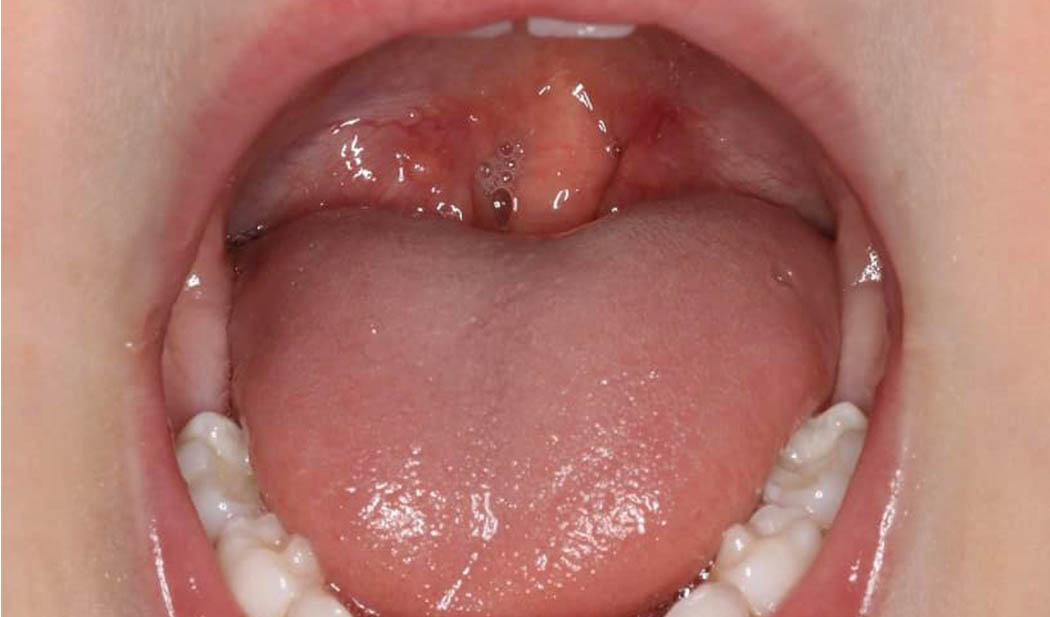Teeth grinding related dental wear is a strong predictor a child has disturbed breathing during sleep. If a child is grinding their teeth during sleep, a screening for sleep and airway problems is worthwhile.
The other type of dental wear commonly seen in children is erosion, or acid wear – magnified in the image.
This is typically seen in children who have ground and wore away their tooth enamel, exposing the yellow and softer dentine underneath.
Tooth enamel is harder than bone and the acid wears away the exposed dentine at a faster rate, giving it a scooped-out appearance.
Unless a child is sucking excessively on lemons, or having excessive coke or energy drinks, the most likely source of acid is reflux disease.
In airway reflux, a child who is breathing in more effortfully when they have airway restriction is going to have increased vacuum pressures in their thorax (region below the neck and above the stomach). Think of how a straw gets pinched if we suck too hard. This can allow stomach acids to be aerolised back into the throat and mouth. This can contribute to inflammation and swelling of the adenoids and tonsils.
Children with airway reflux (also called laryngopharyngeal reflux) may present with:
• Throat clearing
• Chronic cough
• Mild hoarseness
• Postnasal drip
• Reports of “Spew burps”
• Bad taste in the mouth or bad breath
Children may be misdiagnosed with asthma.
The constant acid exposure in the mouth can accelerate teeth-grinding related tooth wear and contribute to very obvious loss of tooth structure.
It can increase a child’s risk of dental decay. As much as we look at diet, and dental hygiene, mouth breathing and airway-reflux should not be overlooked as a risk factor. It is my observation that children who have had a lot of decay and fillings in the past often have a lot of these erosional wear facets.
It’s another example of the need for us to pay more attention to obstructive breathing as a root cause of common childhood problems.
















